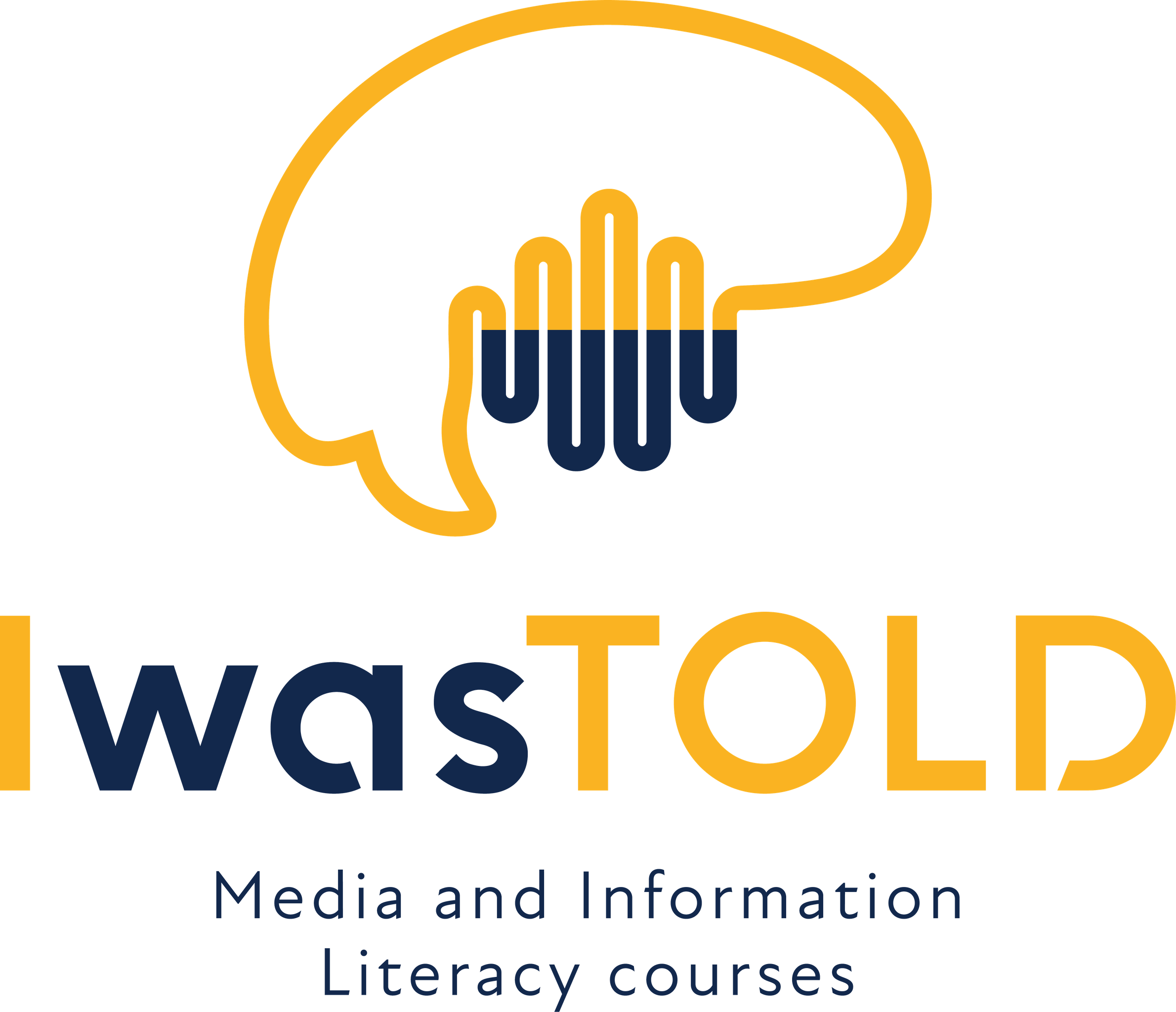3. CLASSICAL AND DATA STORYTELLING
-
Storytelling: narrative structures7 Topics|4 Quizzes
-
Language of media6 Topics|3 Quizzes
-
Storytelling With Data II. - Digital investigations in an era of data-driven journalism7 Topics|4 Quizzes
-
Infographics - Present statistics beautifully7 Topics|3 Quizzes
-
Charts in a website - Hack web developer tools for your stories7 Topics|3 Quizzes
-
Introductory to lesson
-
Creating a website is a personal way to become involved in a subject as well as a creative gesture
-
Make the most compatible as possible subject and aesthetic of your website through Google Sites
-
How be professional and have validity in publication?
-
Final Exercise of the whole lesson
-
Feedback on exercise
-
Additional learning material
-
Introductory to lesson
-
Online GIS6 Topics|2 Quizzes
-
Media analyses8 Topics|4 Quizzes
-
Using Piktochart to create infographics7 Topics|3 Quizzes
Participants14
Media analyses
Assignment
You have successfully completed three tasks and quizzes. It’s time to put your knowledge more into practice through the following exercise, which consists of several steps and results in a new material – created by you! Hence you can use it in your student or professional activities.
The challenge – complex media analysis
Analysing media content, or media texts, helps us to better understand how their authors approach various topics and which ones they prioritise, recognise what methods and tools they use, and decode messages they pass on to the audience. It also allows us to find details that usually remain unnoticed – either interesting or disturbing – and ultimately reveal potential information and media content distortion. This is the aim of this exercise. However, the results of complex and relevant analysis can substantiate and facilitate creation of content that debunks misinformation and elaboration of various effective countermeasures.
By using the information described in the theory part you’ve just completed, analyse one news show of your choice from the quantitative, qualitative, semiotic, syntactic, and contextual point of view.
Even though you might not need to use all types of analyses to confirm or disprove the hypothesis, please conduct all of them, because practice makes the master!
Several steps to complete the challenge
Visit the archive of your favourite TV station and choose one major news show that you will analyse. Focus on all the episodes broadcasted at least during one week, so that data and information that you obtain can be used to draw conclusions.
First, define your main question, hypothesis and up to 3 key questions. Then conduct the analyses that will answer specific sub-questions (you can always add your own if you want and skip another if you find it irrelevant), preferably in this recommended order:
Quantitative analysis to answer the following questions:
1) How many news pieces relevant to your hypothesis/questions (topics) were broadcasted during one show, day (if the news show is rerun during one day), and week?
2) How many times was the same piece broadcasted during one day and week (if relevant)?
3) How long was each of those pieces (including introduction by the news presenter)?
4) How much time in total was dedicated to the topics each day/over the week?
Qualitative analysis to answer the following questions
1) Where are the topics usually placed (beginning, somewhere in the middle, end of the show)?
2) Does this placement evolve (is the topic moved to the beginning, middle, or end of the show)?
3) How are the topics represented – is it for example one reportage or combination of reportage and additional interview?
4) Are the topics introduced by the news presenter?
When you are finished, select at least two news pieces to be analysed further.
Syntactic analysis (parsing) focusing on these aspects:
1) How is the news piece constructed? Identify its main moments?
2) Is the news piece combining pictures and sound with music, text, or graphic elements?
3) Are various types of cuts and transitions used?
Semiotic analysis focusing on how the topics are depicted.
1) Analyse the following features: tone of the voice, sound (or music), camera angles, scene setting, transitions/cuts, and graphic elements (if any). Do they convey specific meanings? Do not forget about the relationship between signifier and signified. Do you spot any information or media content distortion?
2) Is the author or presenter using figures of speech which are unsuitable for news pieces? If yes, what meanings do they convey?
3) What are key messages?
Contextual analysis to answer the following questions:
1) What is the news piece reacting to?
2) What is the broader socio-political context of depicted events or topics?
3) If any, who are the interviewees?
4) Did the author publish another piece/s on the same topics?
Analysis of authorial internet to answer the following questions:
1) What seems to be the author’s intention?
2) Is there any information which should be included in the media piece, but it isn’t?
3) What is the reason for specific placement of the media piece (e.g. first page, beginning of news show)?
Fill in the attached template with results of your analyses. It doesn’t matter whether you confirmed or disproved your hypothesis, all results matter! You can also voluntarily attach infographics (e.g. screenshots of videos with text boxes describing the analysed elements).
Template in the form of a table to be filled in.
Finalisation
Create final material (add annexes if needed) and upload it on this platform by using the field below. Following files are supported: .doc, .xls, .ppt, .pdf. You can upload up to 5 files.
If you need help
If you are having troubles with certain steps of the exercise, please check the document in the Summary section for information that should help you complete it. If you can’t find the answer there – ask us a question in the forum.
Good luck!
